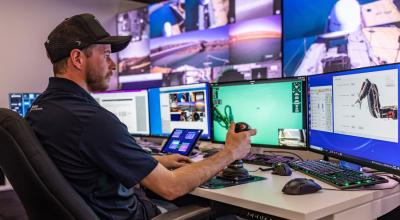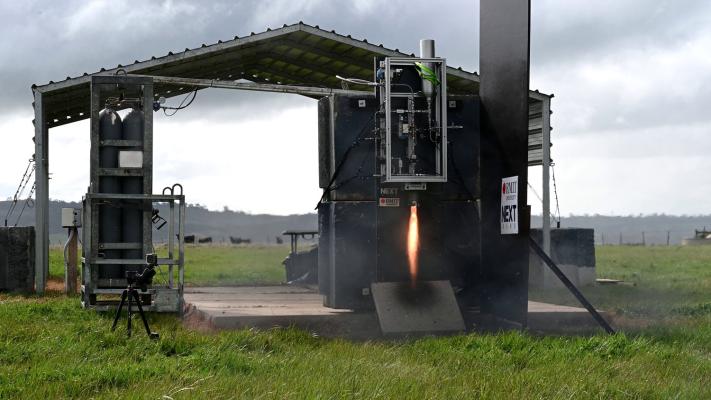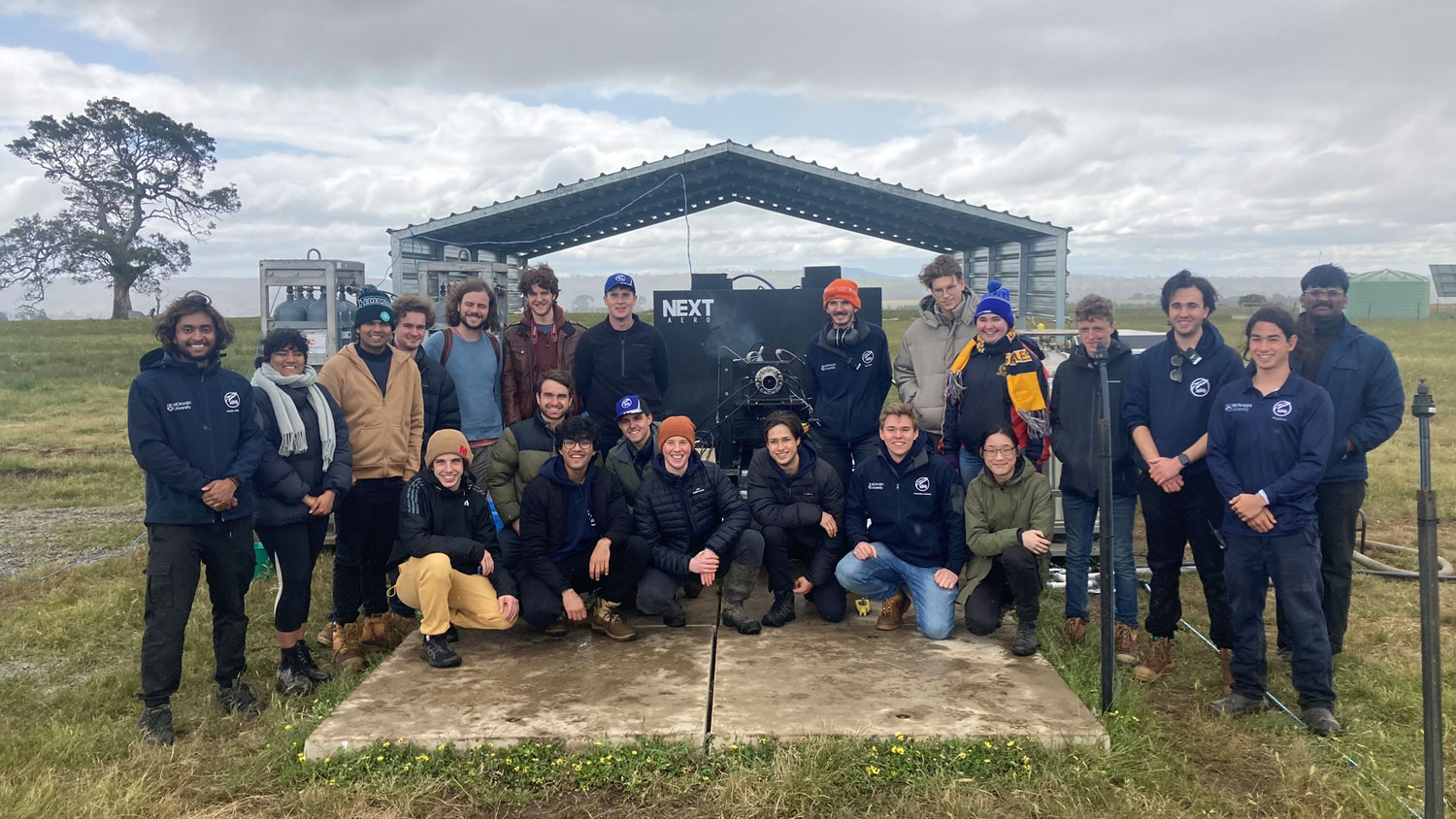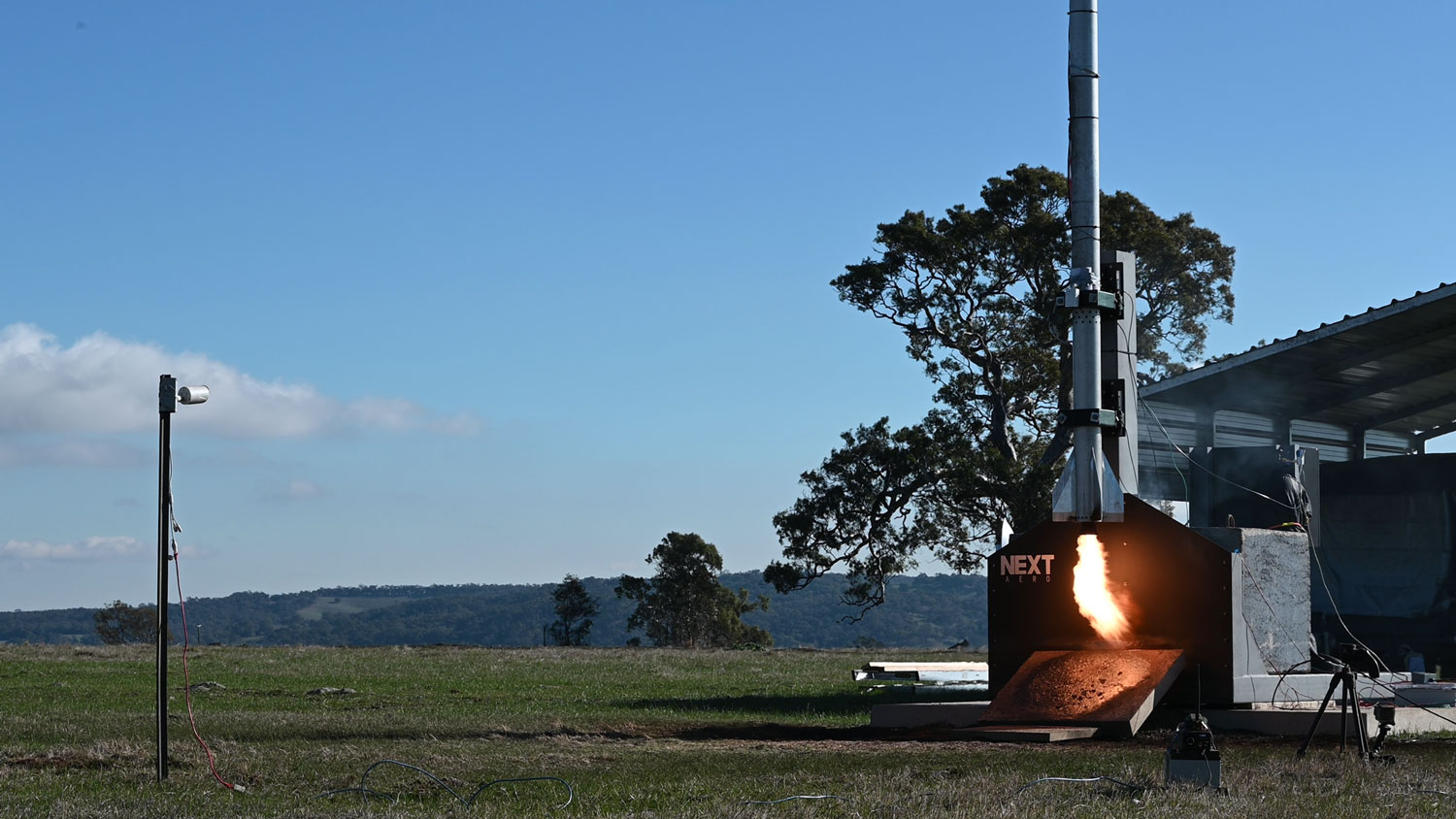A start-up with local expertise in propulsion and fluid engineering wants to help Australian and international customers reach space.
Melbourne-based company NextAero began in 2017 with the aim of commercialising aerospike rocket engine technology – a step forward from conventional designs.
While conventional rocket engines start inefficiently spraying their exhaust gases out in random directions at high altitudes due to the low air pressure, aerospike engines maintain power by forcing their exhaust gases to point in a straight line.
One of NextAero’s early steps towards its goal was developing the country’s first liquid-fuelled rocket engine testing platform. However, instead of working at full industrial scale – which would require an additional level of capital investment from its investor base – the company focused on subscale testing, using the same methods scaled down to roughly 5 per cent of full size.
That initial pivot then led to a much bigger one: redirecting the company’s purpose altogether.
A new focus
Graham Bell, Founder and CEO of NextAero, says the company was emboldened to move away from aerospike rocket engine development and refocus its core business on propulsion system testing itself.
“This pivot allowed us to grow, not just in scale, but in the range of services we offer," Graham says.
“We saw an opportunity to leverage the skills we developed – working with high-pressure gases and liquids, volatile substances, and complex testing – and offer these as critical services to help our clients achieve their goals."
As part of its business pivot, NextAero also leveraged its unique skill set to provide complex fluid engineering and heat transfer services, and converted its equipment to work with hydrogen.
This suite of service offerings enabled NextAero to position itself as a research and development partner for markets such as aerospace, transportation, and industrial manufacturing, in addition to the space sector.
In four years, NextAero secured over two dozen clients across Australia and Europe, including Rux Energy, RMIT University, and Hypersonix Launch Systems.
Sustainable growth enabled by grants
NextAero’s growth was supported by two grants from the Australian Space Agency’s Moon to Mars Supply Chain Capability Improvement stream.
Awarded in 2022 and 2024, these grants helped NextAero standardise and enhance its engineering processes.
“These grants were game-changers for us… they gave us the stability and resources to refine our capabilities, allowing us to confidently pursue new opportunities and serve a growing list of clients.
We’re now looking ahead to the next phase – developing a product that can make an impact on the international stage.”- Graham Bell, Founder and CEO, NextAero
Contributing to Australia’s global impact
As NextAero works towards marketing its engineering abilities on a global scale, Graham says the company feels part of a mission to advance Australia’s global space reputation as a whole.
“Our guiding star is to help Australia punch its weight internationally, particularly in product engineering,” Graham says.
“We reframed our company mission to be more about seizing the opportunity to utilise the outstanding talent of our young engineers and university graduates, and export products from Australia.”
“We want to offer our brightest engineers a reason to stay and innovate here in Australia, instead of heading overseas… by building a strong service and product company, we believe we can create a platform for Australian talent to thrive.”
NextAero supported the largest amateur rocket test conducted in Australia, in collaboration with the Victorian Rocketry Association.
The 6-metre high rocket was powered by a 5kN (500kg) hybrid engine, designed to reach the Karman line at 10km altitude - the recognised boundary of space.

Industry showcase
Australian space innovations making an impact



